Western Bulk Herbs – Sassafras Root
The traditional use of sassafras is to recovery from poison oak or sumac. Chewing the leaf will calm anal inflammation. Sassafras tea will help break a fever and if used in a douche it will relieve inflammation created from a urinary infection.
Sassafras essential oil can be used to treat lice and minor skin irritations. Always consult with an herbalist before using Sassafras as an internal medicine.
Sassafras is a tree is an herb that has many uses to humans, and no part of the tree is without benefit nor does it go to waste. This herb is the root bark, often used to make root beer and is featured in Creole cuisine. Native americans also used the tree in many different aspects of their society, from fire starting to color dyes.
Latin Name:
Sassafras albidum
Common Names:
Sassafras, Root beer bark
Parts Used:
Root, bark from the root and
Properties:
Antiseptic, diuretic, stimulant, and tonic
Traditional Uses:
Always used as a beverage or tea.
Topical Uses / Applications:
Culinary Uses:
Can be used in cooking but normally it’s made into a beverage.
Chemical Properties:
Alpha-pinene, anethole, apiole, asarone, beta-sitosterol, boldine, caryophyllene, elemicin, eugenol, mucilage, myristicin, reticule, safrene, safrole, tannins, thujone.
Folk Lore:
Cautions:
Do not use Sassafras in the early stages of pregnancy. Not for long term use. The oil can produce marked narcotic poisoning, and death by causing widespread fatty degeneration of the heart, liver, and kidneys, or, in a larger dose, by great depression of the circulation, followed by a centric paralysis of respiration. Use with the advice of an herbalist.
*Disclaimer: These statements have not been evaluated by the Food and Drug Administration. This product is not intended to diagnose, treat, cure or prevent any disease.
Resources:
PDR for Herbal Medicines, 2000. Medical Economics Company, Montvale, New Jersey.
The New Holistic Herbal. David Hoffmann, 1990. Barnes and Noble Books, New York.
A Modern Herbal, Mrs. M. Grieve, (Dover Publications, New York, 1971)
Major Herbs of Ayurvedic.Compiled by Dahur Research Foundation and Dahur Ayurvet Limited, Ghaziabad, India., 2002. Churchill Livingstone, London, England.
Chinese Herbal Medicine: Materia Medica, Third Edition, Dan Bensky and Andrew Gamble, 1986. Eastland Press, Seattle, WA.
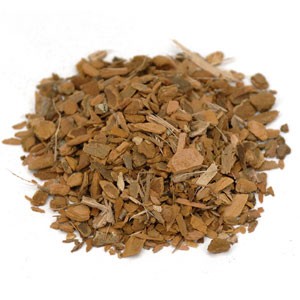
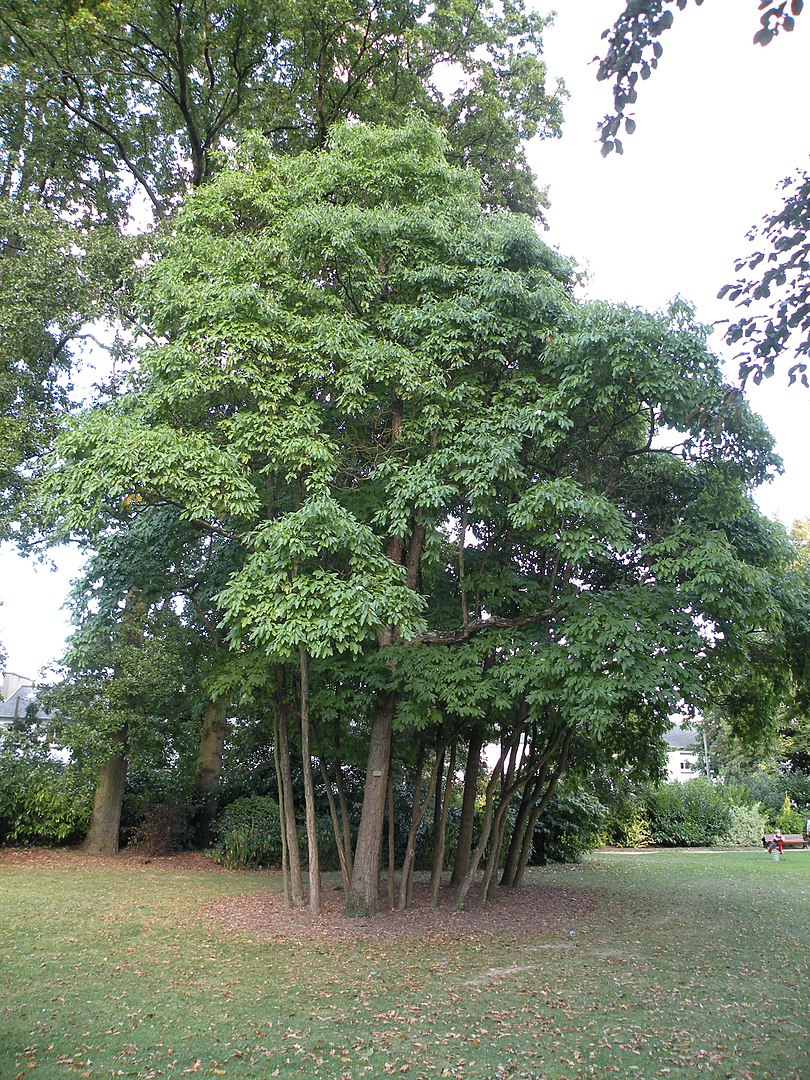

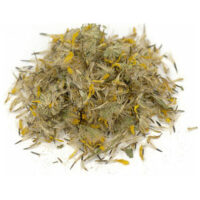
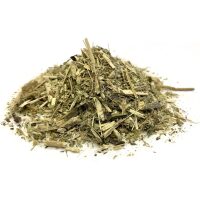

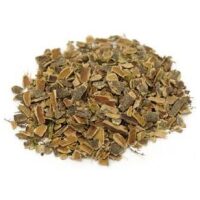
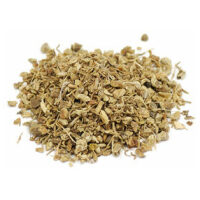
Reviews
There are no reviews yet.